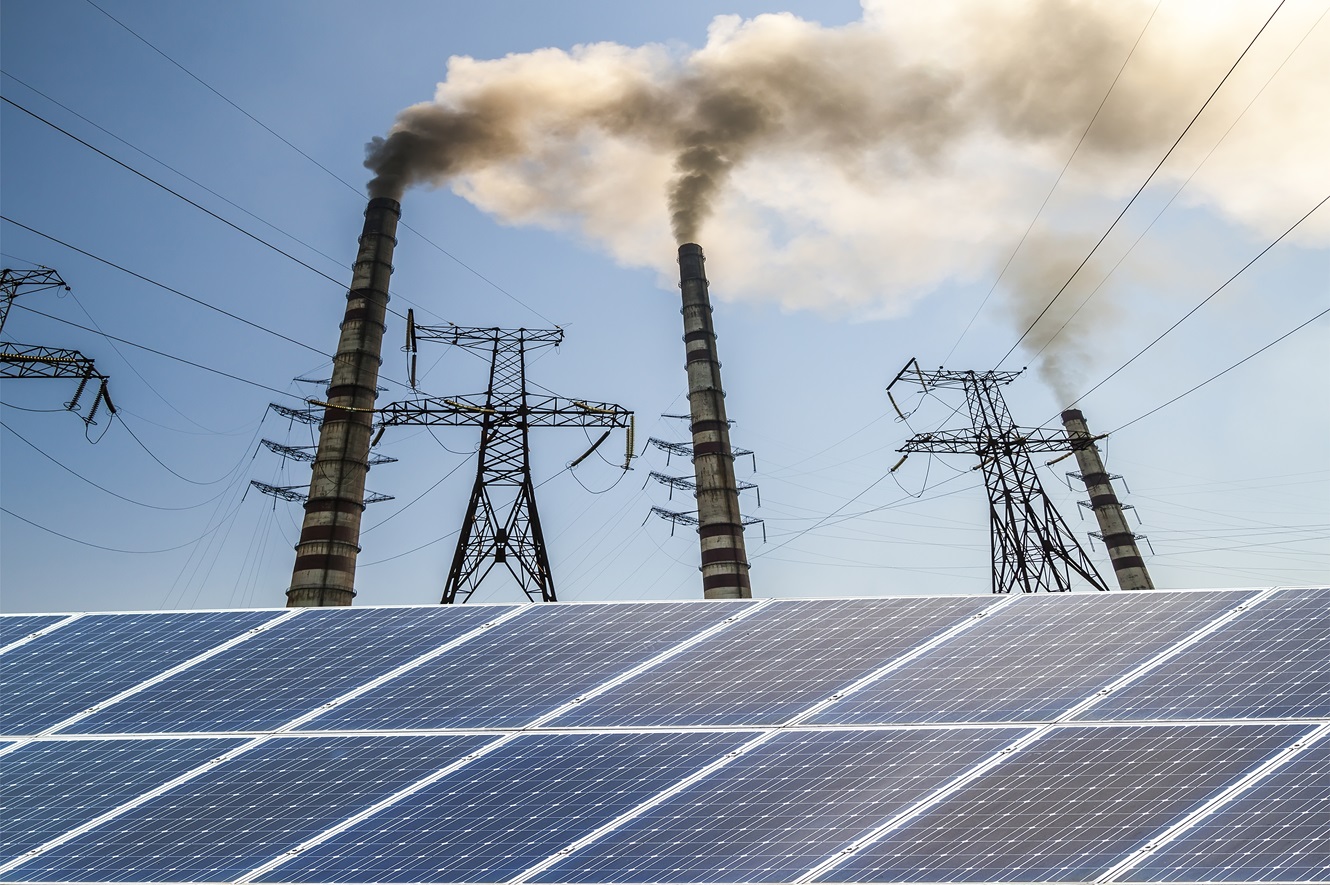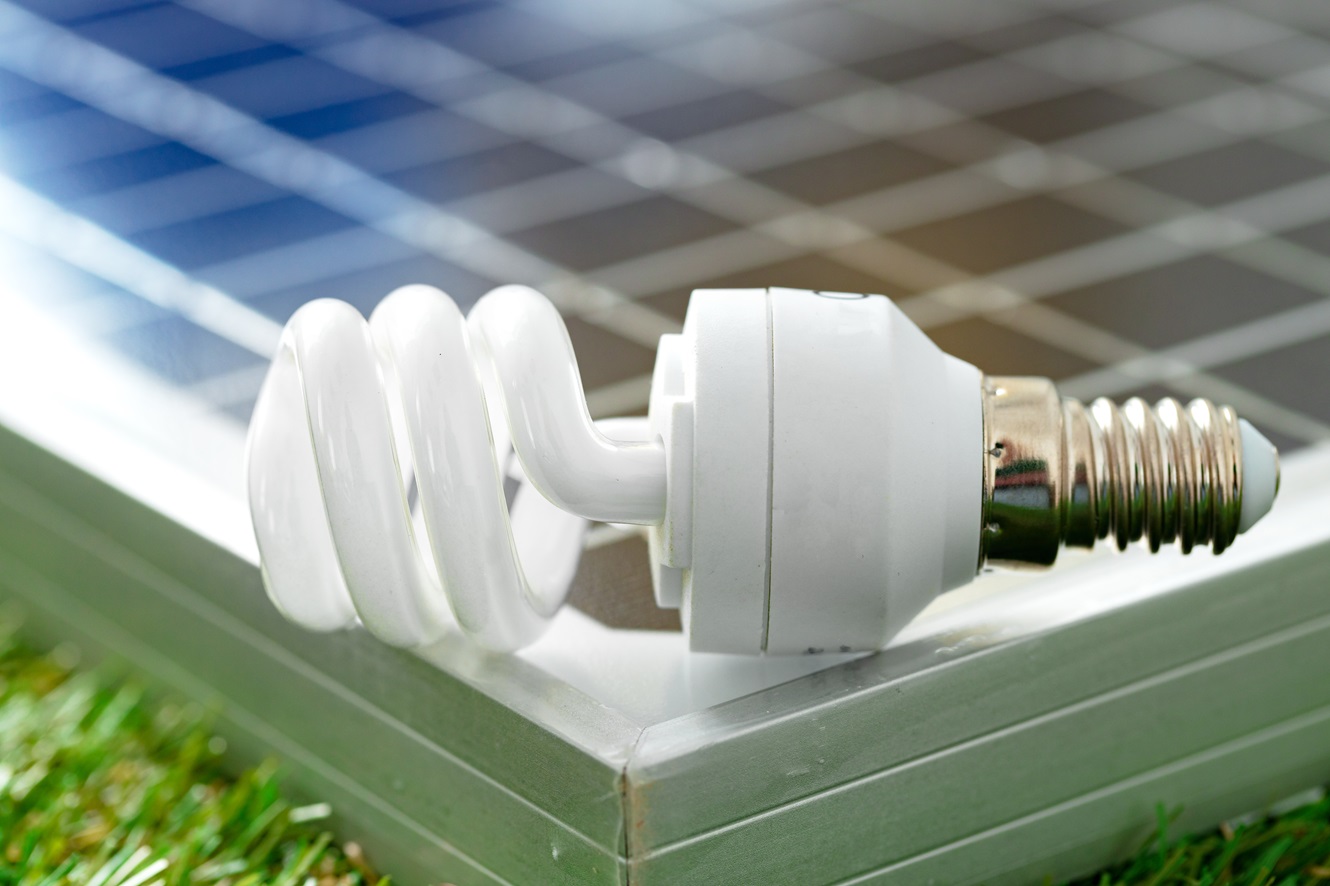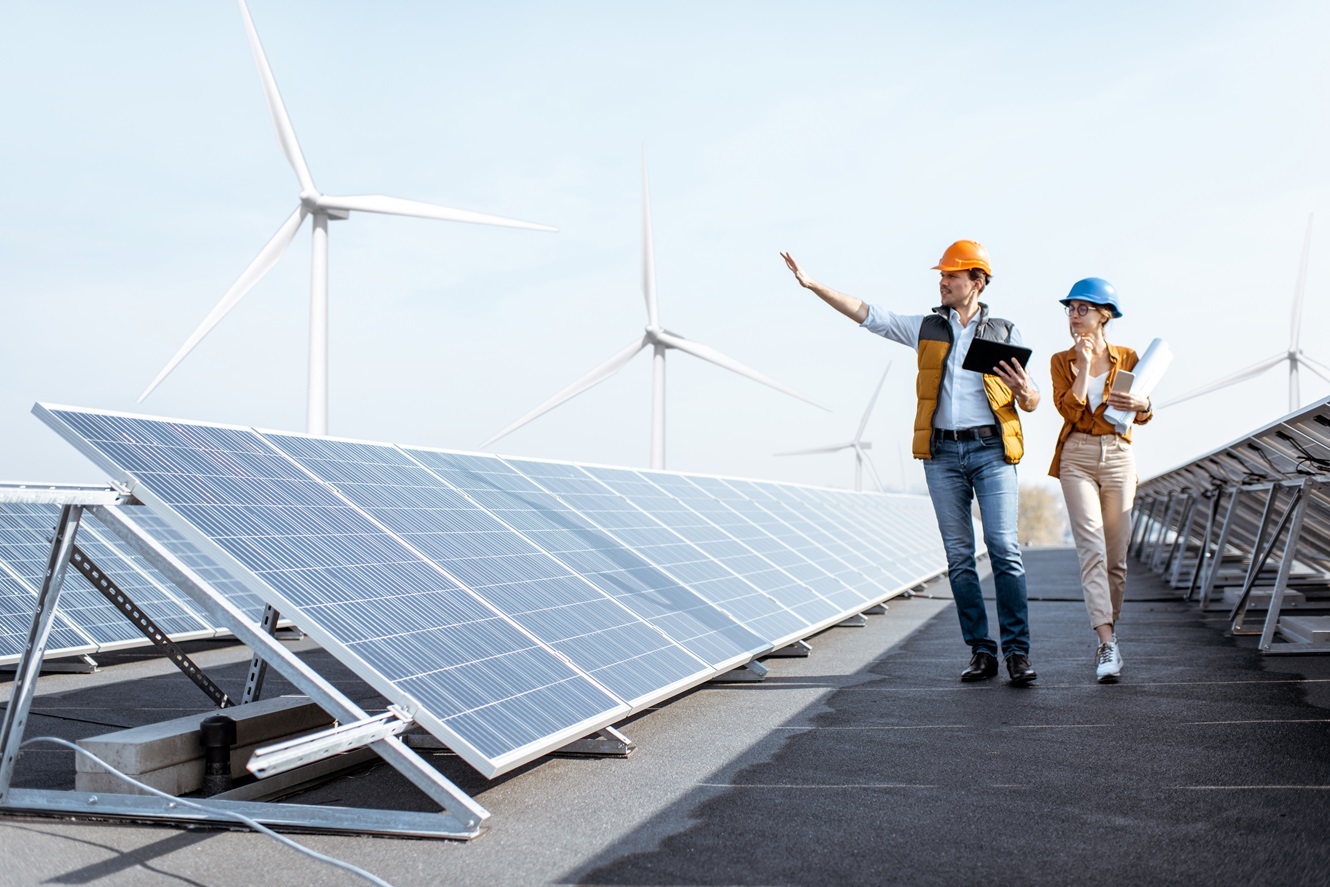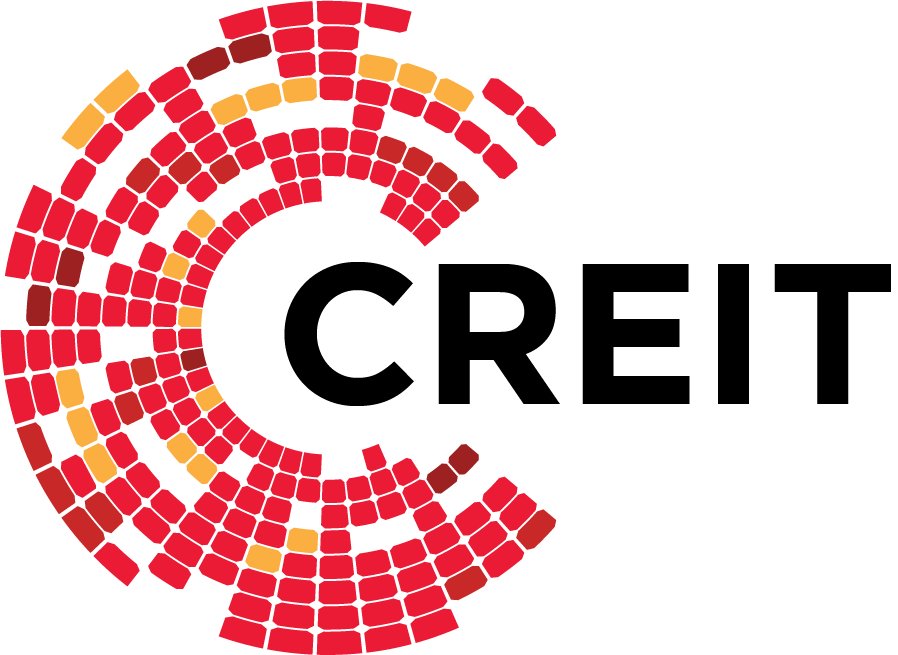In an era marked by climate change and dwindling fossil fuel reserves, renewable energy has served as a beacon of hope for a sustainable future. Harnessing the power of natural resources — such as sunlight, wind, and water — offers a clean, inexhaustible, and increasingly cost-effective alternative to traditional energy sources. The transition to renewable energy isn’t merely an environmental imperative; it’s also a key economic opportunity, promising to drive innovation, create jobs, and enhance energy security worldwide.
The applications of renewable energy are vast and diverse, spanning residential, commercial, and industrial sectors. From solar panels powering homes and businesses to wind turbines generating electricity for entire communities, renewable energy solutions are transforming the energy landscape. Additionally, advancements in energy storage, smart grid technology, and electric vehicles are further expanding the potential and efficiency of renewable energy systems.
This article delves into the various applications of renewable energy, highlighting their benefits, challenges, and the key role they play in shaping a sustainable future.
What is Renewable Energy?
Renewable energy refers to energy derived from natural sources that are replenished at a faster rate than they are consumed. These sources include sunlight, wind, water (hydropower), geothermal heat, and biomass. Unlike fossil fuels such as coal, oil, and natural gas, all of which finite resources taking millions of years to form, renewable energy resources are virtually inexhaustible in the human timescale. By capturing these natural processes, renewable energy technologies convert them into usable forms of energy, such as electricity, heat, and fuel, without depleting the earth’s resources.
The primary appeal of renewable energy lies in its sustainability and environmental benefits. Utilizing renewable energy reduces greenhouse gas emissions, which are a major contributor to climate change, thereby mitigating global warming and its associated impacts. Additionally, renewable energy systems tend to have lower operating costs and are less susceptible to price fluctuations compared to fossil fuels. This can lead to enhanced energy security and economic benefits. As technology advances and costs continue to fall, renewable energy is becoming an increasingly viable and attractive option for meeting the world’s energy needs.
Renewable Energy vs Non-Renewable Energy
Renewable energy and non-renewable energy represent two fundamentally different approaches to powering our world. Renewable energy comes from sources that are naturally replenished on a human timescale; hence they’re more sustainable and produce little to no greenhouse gas emissions. Solar panels, wind turbines, hydroelectric dams, and geothermal plants are common technologies used to harness these resources.
On the other hand, non-renewable energy is derived from finite resources, as noted above. These energy sources have been the backbone of industrial development and modern economies due to their high energy density and reliability. However, they pose significant environmental and economic challenges. The extraction, processing, and combustion of fossil fuels release large amounts of greenhouse gases, contributing to air pollution and climate change. Additionally, the finite nature of these resources leads to volatility in energy markets and concerns over long-term energy security.

The Most Common Renewable Energy Resources
Renewable energy resources are essential in the transition toward a more sustainable and environmentally friendly energy system. These resources help reduce carbon emissions and mitigate climate change.
Some of the most common renewable energy resources are the following:
- Solar Energy — Captured from the sunlight using photovoltaic cells or solar thermal systems
- Wind Energy — Harnessed through wind turbines, converting the kinetic energy of wind into electricity
- Hydropower — Utilizes the energy of flowing water, usually from rivers or dams
- Biomass Energy — Derived from organic materials like plants and animal waste, used for heating, electricity, and biofuels
- Geothermal Energy — Taps into the heat from beneath the Earth's surface
- Tidal Energy — Exploits the rise and fall of sea levels due to tidal forces to produce electricity
- Wave Energy — Converts the energy from surface waves in the ocean into electrical power
Advantages of Renewable Energy
Renewable energy offers numerous benefits that make it an attractive alternative to traditional fossil fuels. As the world seeks to address climate change and achieve sustainable development, the advantages of renewable energy become increasingly evident, including the following:
- Environmental Sustainability — Renewable energy sources produce little to no greenhouse gas emissions, significantly reducing environmental pollution and combating climate change.
- Energy Independence — Utilizing local renewable resources reduces reliance on imported fuels, enhancing national energy security and economic stability.
- Economic Growth — The renewable energy sector creates jobs and stimulates economic development through investments in technology, infrastructure, and maintenance.
- Reduced Operational Costs — After initial installation, renewable energy systems often have lower operational and maintenance costs compared to fossil fuel-based systems.
- Scalability and Accessibility — Renewable energy technologies can be deployed at various scales, from small residential systems to large power plants, making energy access more equitable.

Applications of Renewable Energy
From individual homes to large-scale industrial operations, renewable energy applications are becoming more and more integral to our daily lives and economic activities. This becomes evident in these ways:
Residential Energy
Renewable energy provides homeowners with sustainable and cost-effective alternatives to conventional power sources. Solar panels are commonly installed on rooftops, allowing households to generate their own electricity and reduce utility bills. Solar water heaters and geothermal heat pumps offer efficient solutions for home heating and cooling.
Additionally, small wind turbines can be used in rural or windy areas to complement solar energy. Home energy storage systems, such as batteries, enable homeowners to store excess energy for use during periods when renewable generation is low.
Commercial and Industrial Energy
Commercial buildings utilize solar panels and wind turbines to generate electricity, often integrating with energy management systems for optimized usage. Industrial facilities, especially those with high energy demands, benefit from the stability and predictability of renewable sources like biomass and geothermal energy. Many companies are investing in renewable energy not only for cost savings but also to meet corporate sustainability goals.
Transportation
Electric vehicles (EVs), powered by electricity from renewable sources, are reducing dependence on fossil fuels and lowering emissions. Public transportation systems, including buses and trains, are also being powered by renewable electricity or hybrid systems. Biofuels, derived from organic materials, are being developed as sustainable alternatives to conventional gasoline and diesel. Charging infrastructure for EVs is expanding, often linked to solar or wind power to ensure clean energy usage.
Agriculture
Solar panels can power irrigation systems, greenhouses, and other farm operations, reducing reliance on diesel generators. Wind turbines and small-scale hydroelectric power systems provide additional power options for rural farms. Biomass from agricultural waste is used to produce bioenergy, offering a valuable use for otherwise discarded materials. Renewable energy applications help farmers lower energy costs and increase resilience against fuel price fluctuations. These technologies also support sustainable farming practices by reducing the carbon footprint of agricultural activities.
Public Infrastructure
Solar street lighting and solar-powered traffic signals enhance energy savings and reduce dependence on the grid. Public buildings, such as schools, hospitals, and government offices, are adopting solar panels and geothermal systems to meet their energy needs. Renewable energy is also used in water treatment plants and waste management facilities, supporting cleaner and more efficient operations. By integrating renewable energy into public infrastructure, municipalities can lower operational costs and contribute to broader environmental goals.
Investing in Renewable Energy
As the global demand for clean energy solutions grows, the renewable energy sector presents significant opportunities for investors. Technologies such as solar, wind, and hydropower are becoming more efficient and cost-effective, leading to impressive returns on investment. Government incentives, subsidies, and favorable policies further enhance the attractiveness of renewable energy projects, encouraging both private and institutional investors to fund these initiatives.
Beyond financial returns, investing in renewable energy aligns with the broader goals of sustainability and corporate social responsibility. Companies and investors are increasingly aware of the impact of their investments on the environment and society. By channeling funds into renewable energy, they contribute to reducing global greenhouse gas emissions and fostering a more sustainable future. This alignment with environmental goals not only enhances a company's reputation but also meets the growing consumer and shareholder demand for sustainable practices.

Diversify Your Portfolio with CREIT: The First Renewable Energy REIT in the Philippines
Are you looking to diversify your investment portfolio while contributing to a sustainable future? Consider investing in Citicore Energy REIT Corporation (CREIT), the Philippines' first renewable energy REIT. CREIT offers a unique opportunity to gain exposure to the growing renewable energy sector, combining the stability and income potential of real estate investments with the dynamic growth of renewable energy assets.
By investing in CREIT, you can be part of a pioneering initiative that supports clean energy projects, reduces carbon emissions, and promotes environmental sustainability. This investment not only provides attractive financial returns, but also aligns with your values of supporting sustainable development. Don’t miss out on the chance to diversify your portfolio with a forward-thinking investment that benefits both you and the planet by contributing to the various applications of renewable energy. Contact us today to know more.


